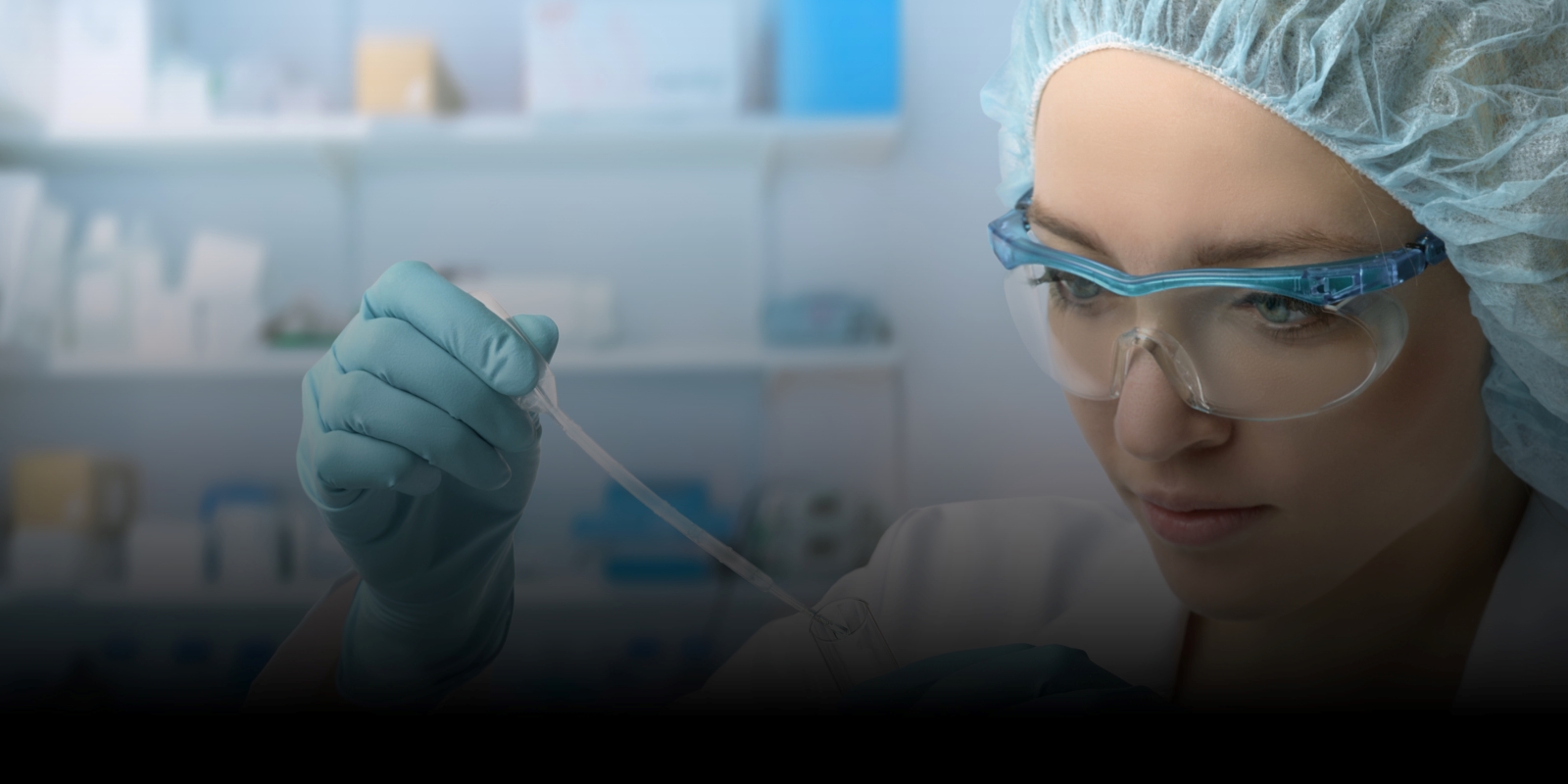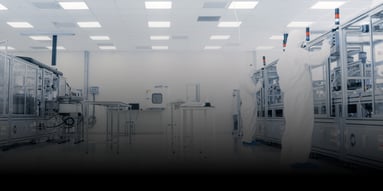From emerging to established: The future of Pharma 4.0 in Life Sciences

The life sciences industry is evolving rapidly, and Pharma 4.0 is leading the charge. Innovative technology allows for more efficient and cost-effective operations, allowing pharmaceutical companies to stay competitive in a rapidly changing market. As organizations implement these new technologies, they face challenges that must be addressed while still meeting production demands.
One of the key trends in Pharma 4.0 is the prioritization of platform integrations and business tools, as noted in our Unispace Life Sciences Global Benchmark Report: Forefront. Companies are investing in technologies such as robotics, artificial intelligence, and the Internet of Things (IoT) to improve production efficiency, reduce errors, and enhance quality control. These technologies can also be used to analyze data to inform decision-making and improve patient outcomes. We surveyed 180 global industry leaders, interviewed 12 blue-chip pharma companies, and featured insights from our roundtable hosted by The International Society for Pharmaceutical Engineering (ISPE) on topics unique to pharmaceutical engineering teams.
Benefits and trends of Pharma 4.0
Pharma 4.0 presents significant opportunities for pharmaceutical companies. By leveraging the latest technologies, companies can improve production efficiency, reduce errors, and enhance quality control. These technologies can also be used to analyze data to inform decision-making and improve patient outcomes. Furthermore, by adopting a patient-centered approach, companies can develop products and services that meet the unique needs of individual patients.
The challenges of implementing Pharma 4.0
However, implementing Pharma 4.0 is not without its challenges. Bringing legacy processes and sites up to standard can be a significant obstacle, as can the customization of equipment to meet Pharma 4.0 requirements. Additionally, measuring ROI for Pharma 4.0 initiatives can be difficult, and it can be challenging to justify the investment in these technologies to stakeholders.
We found that 59% of respondents described their Pharma 4.0 initiatives as either emerging or in infancy. This suggests that organizations are just beginning to take advantage of recent technological advances, but many have yet to effectively implement it within their existing structures. The key challenge lies in customizing equipment used for Pharma 4.0 requirements while continuing to operate existing sites and networks. It is easier to implement on newer and greenfield sites; legacy sites present a unique challenge that must be overcome if organizations want to fully modernize their operations.
Many organizations are yet to roadmap implementation, with less than half of respondents having one in place at the time of the survey. To improve upon this, 78% agreed that they would have a strategic plan for Pharma 4.0 within five years. By having such a plan in place early on, organizations can better identify areas where improvement is needed and make corresponding changes accordingly before problems arise later down the line.
Who leads the charge?
The results from the survey showed that 32% of respondents listed engineering departments as being responsible for Pharma 4.0 implementation. This is due to their cross-functional approach that allows for both global and local perspectives when establishing initiatives and goals moving forward. When evaluating the success of these projects, 65% reported their engineering team's assessment as either meeting or exceeding expectations with operational cost reduction being identified as the most common reason behind adoption. However, 35% simply were not measuring ROI at all during this process, which could lead to suboptimal results further down the line if not addressed quickly enough.
To ensure success with Pharma 4.0 initiatives, it’s important that organizations recognize potential challenges and find ways to work around them before they become roadblocks down the line. This could include having an established roadmap early on. They should also take advantage of best practices like dedicating certain functions and leaders, both globally and at the site level. These dedicated teams can properly drive organization-wide initiatives forward without getting bogged down in details too quickly or missing larger-scale opportunities in favor of immediate gains elsewhere.
A solid foundation is critical to success
There are still many challenges associated with implementing Pharma 4.0 into life sciences operations. This could range from technical difficulties associated with customizing equipment used for specific requirements all the way up to failing proper ROI measurement processes along every step of implementation. It’s clear that having a solid foundation set up from day one through strategic planning will go a long way towards ensuring long-term success.
By taking the time to carefully plan out Pharma 4.0 initiatives and recognize potential challenges up front, organizations can successfully benefit from this technology while ensuring efficient and cost-effective operations that will keep them competitive in a rapidly changing market.
Learn more about the challenges pharmaceutical organizations face implementing Parma 4.0.

.jpg?width=383&height=348&name=Benchmarking%20Web%20Article_Digital%20(1).jpg)
